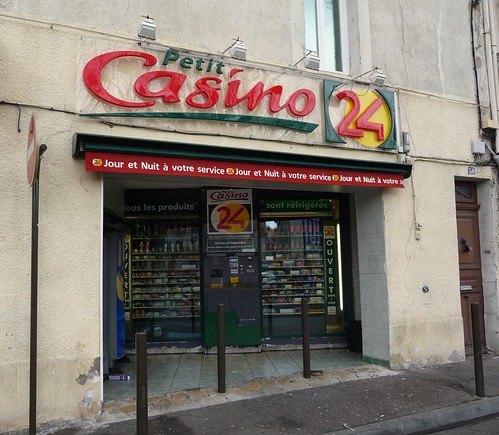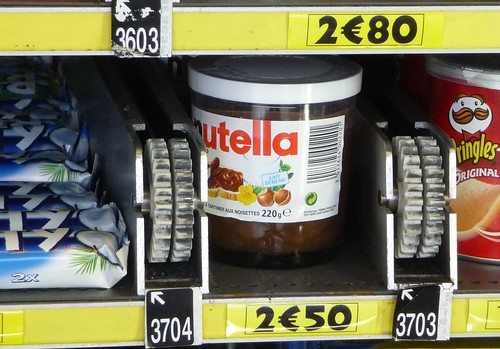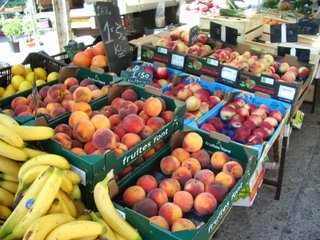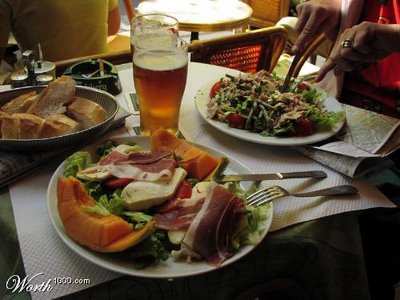
So this is where you go when you get a Nutella craving at 3 in the morning!











 I have been given the One Lovely Blog Award by Petite Nyonya, a bogger from Singapore!
I have been given the One Lovely Blog Award by Petite Nyonya, a bogger from Singapore! It's a new year, and a new chance for me to finally start this blog. January is flying by, which means I'm already a bit behind on my new year's resolution to set up this blog. Oh well, it's not like anyone is reading this, right??!! I wonder if anyone will actually read my blog, if they'll like it or write a comment, and if they'll let me know if I'm sharing any useful or interesting information.
It's a new year, and a new chance for me to finally start this blog. January is flying by, which means I'm already a bit behind on my new year's resolution to set up this blog. Oh well, it's not like anyone is reading this, right??!! I wonder if anyone will actually read my blog, if they'll like it or write a comment, and if they'll let me know if I'm sharing any useful or interesting information.
 Over the weekend de Pentecôte a few weeks back, we took a trip to see long-standing friends in Pamiers in the Ariège department, and then stopped in Dourgne in the Montagne Noire area of the Tarn department to see other long-standing friends.
Over the weekend de Pentecôte a few weeks back, we took a trip to see long-standing friends in Pamiers in the Ariège department, and then stopped in Dourgne in the Montagne Noire area of the Tarn department to see other long-standing friends. This time we feasted on three main starters, not counting the olives thrown in for good measure: cold beet salad, a delicious pâté, and this tray of macédoine de légumes, hard-boiled eggs, and cold ham stuffed with the macédoine:
This time we feasted on three main starters, not counting the olives thrown in for good measure: cold beet salad, a delicious pâté, and this tray of macédoine de légumes, hard-boiled eggs, and cold ham stuffed with the macédoine:
Two different French culinary worlds -- and one that will certainly disappear with time.
 Yesterday a friend stopped by with a friend of hers, Marie France, who worked with floral designer Christian Tortu for some 14 years.
Yesterday a friend stopped by with a friend of hers, Marie France, who worked with floral designer Christian Tortu for some 14 years.


 Virtually all special French meals include a starter (entrée), and I'm a big fan of salads for this course. So I was pleased that the Elle à table menu which I had decided to prepare for Easter would get off to a green start. Also, some form of regular eggs -- as opposed to American-style Easter eggs -- are usually included in a French Easter meal, so this salad definitely fit the bill.
Virtually all special French meals include a starter (entrée), and I'm a big fan of salads for this course. So I was pleased that the Elle à table menu which I had decided to prepare for Easter would get off to a green start. Also, some form of regular eggs -- as opposed to American-style Easter eggs -- are usually included in a French Easter meal, so this salad definitely fit the bill.


 So when my friend Michelle invited us for a long weekend in her beautiful house in Provence, by the Mediterranean, I promptly said yes!
So when my friend Michelle invited us for a long weekend in her beautiful house in Provence, by the Mediterranean, I promptly said yes! He found in the local market the freshest red mullets from the Mediterranean ....
He found in the local market the freshest red mullets from the Mediterranean ....  as well as other sea delicacies such as squid .. and more. The days was so great that he decided to prepare the whole meal on a very hot "plancha".
as well as other sea delicacies such as squid .. and more. The days was so great that he decided to prepare the whole meal on a very hot "plancha".  We started with fresh tiny squids. You get a glance of the plancha in this picture.
We started with fresh tiny squids. You get a glance of the plancha in this picture.  Then came the shrimps also done in the plancha and we ate them simply with sea salt.
Then came the shrimps also done in the plancha and we ate them simply with sea salt.  The main course was a plateful of red mullets that he had floured lightly. They were so fresh and delicious! Michele had prepared some fresh salads with local produce.
The main course was a plateful of red mullets that he had floured lightly. They were so fresh and delicious! Michele had prepared some fresh salads with local produce.  And we had the sweetest cherries and apricots for desert.
And we had the sweetest cherries and apricots for desert. As we do not see each other as often as we used to when they lived in Paris .. or in Baghada, where we actually met (we were neighbors), we chatted in the verandah while the meal was being prepared by our 5-star chef!
As we do not see each other as often as we used to when they lived in Paris .. or in Baghada, where we actually met (we were neighbors), we chatted in the verandah while the meal was being prepared by our 5-star chef! These mussles found only in the Toulon area, are big and full and have a unique hazlenut flavor. They have been grown in this area since 1890.
These mussles found only in the Toulon area, are big and full and have a unique hazlenut flavor. They have been grown in this area since 1890.  The main course was a Sea Bass flambe with Pastis, all local ingredients. The sea bass is called Loup de Mer in the Mediterranean and Bar when it comes from the Atlantic Ocean. You may find some refined restaurants in the US (such as Fraiche in Santa Monica) serve Loup de Mer.
The main course was a Sea Bass flambe with Pastis, all local ingredients. The sea bass is called Loup de Mer in the Mediterranean and Bar when it comes from the Atlantic Ocean. You may find some refined restaurants in the US (such as Fraiche in Santa Monica) serve Loup de Mer.  Jean-Pierre chose one 3/4 Lb loup de mer per person. He cooked them in a medium oven on a bed of of dry fennel sticks, for 20 minutes. Out of the oven, he left them in the pan while he heated 1 cup of pastis (a local alcool made with anis and liquorice and other herbs) that he poured flambe on the fish. Sea bass and Pastis ... a true regal!
Jean-Pierre chose one 3/4 Lb loup de mer per person. He cooked them in a medium oven on a bed of of dry fennel sticks, for 20 minutes. Out of the oven, he left them in the pan while he heated 1 cup of pastis (a local alcool made with anis and liquorice and other herbs) that he poured flambe on the fish. Sea bass and Pastis ... a true regal! 





